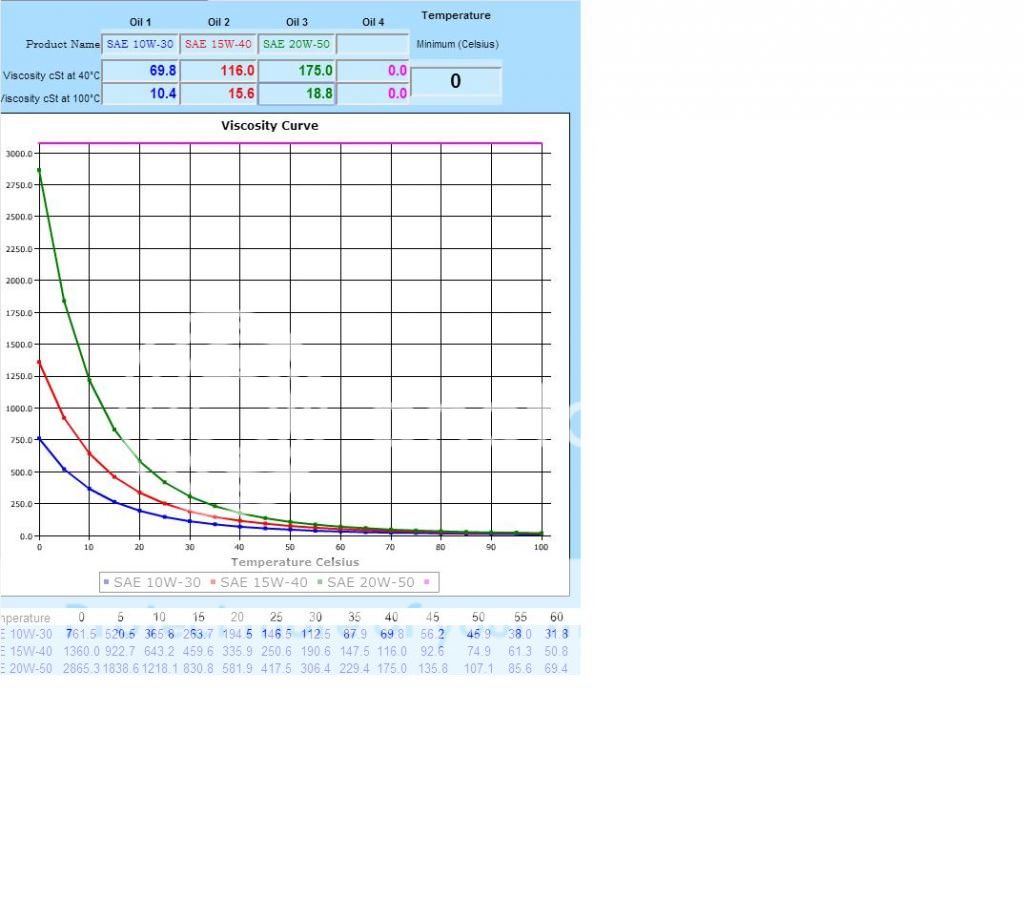So it has dropped to below freezing a few times recently and I needed to use the 8n this weekend ( side distro, 12v, 33 hrs on full rebuild).
I started it up and my oil pressure was terrible. I usually get 50psi at idle during startup and then it ocmes down to 20-40 idle to max rpm when warm.
Yesterday it was down to 5 psi to 20 at idle to full rev.
I would think colder temps would make it more viscous = higher pressure?
Theories:
1) Gauge did not like cold weather and was not working.
2) Crank shrunk a few thou and spun bearing
3)????
Any ideas? If I didnt have 33 good hours on the rebuild, I would say I f'd the bearings again and I lost oil pressure. But on startup after it was cold?
Thanks for any ideas,
Cam
I started it up and my oil pressure was terrible. I usually get 50psi at idle during startup and then it ocmes down to 20-40 idle to max rpm when warm.
Yesterday it was down to 5 psi to 20 at idle to full rev.
I would think colder temps would make it more viscous = higher pressure?
Theories:
1) Gauge did not like cold weather and was not working.
2) Crank shrunk a few thou and spun bearing
3)????
Any ideas? If I didnt have 33 good hours on the rebuild, I would say I f'd the bearings again and I lost oil pressure. But on startup after it was cold?
Thanks for any ideas,
Cam


